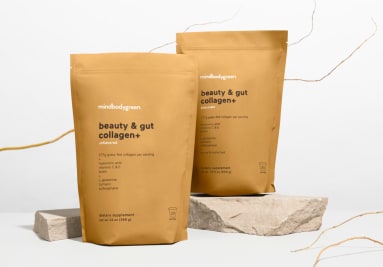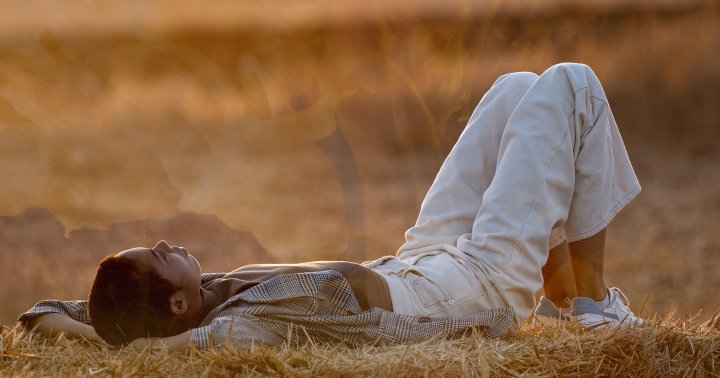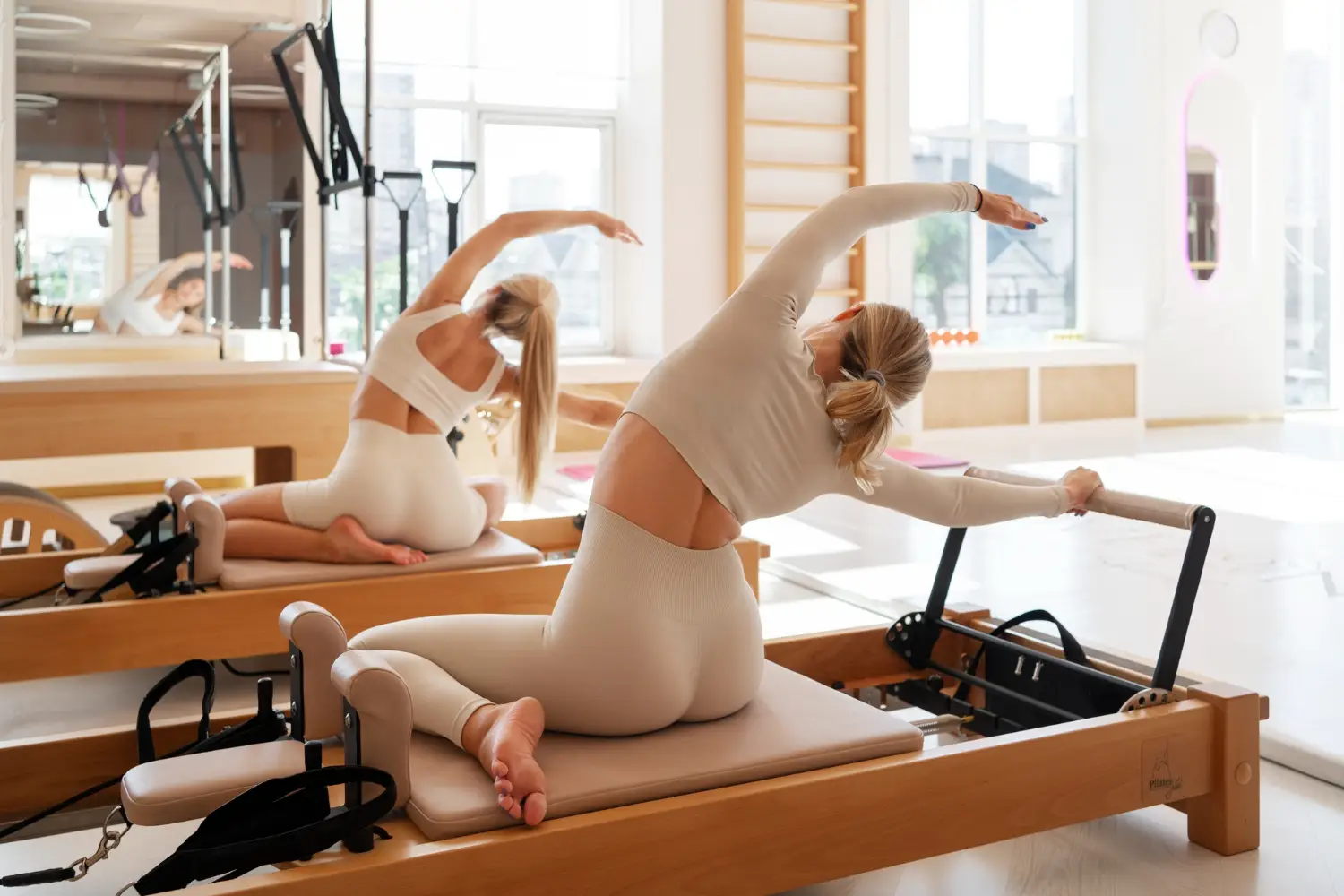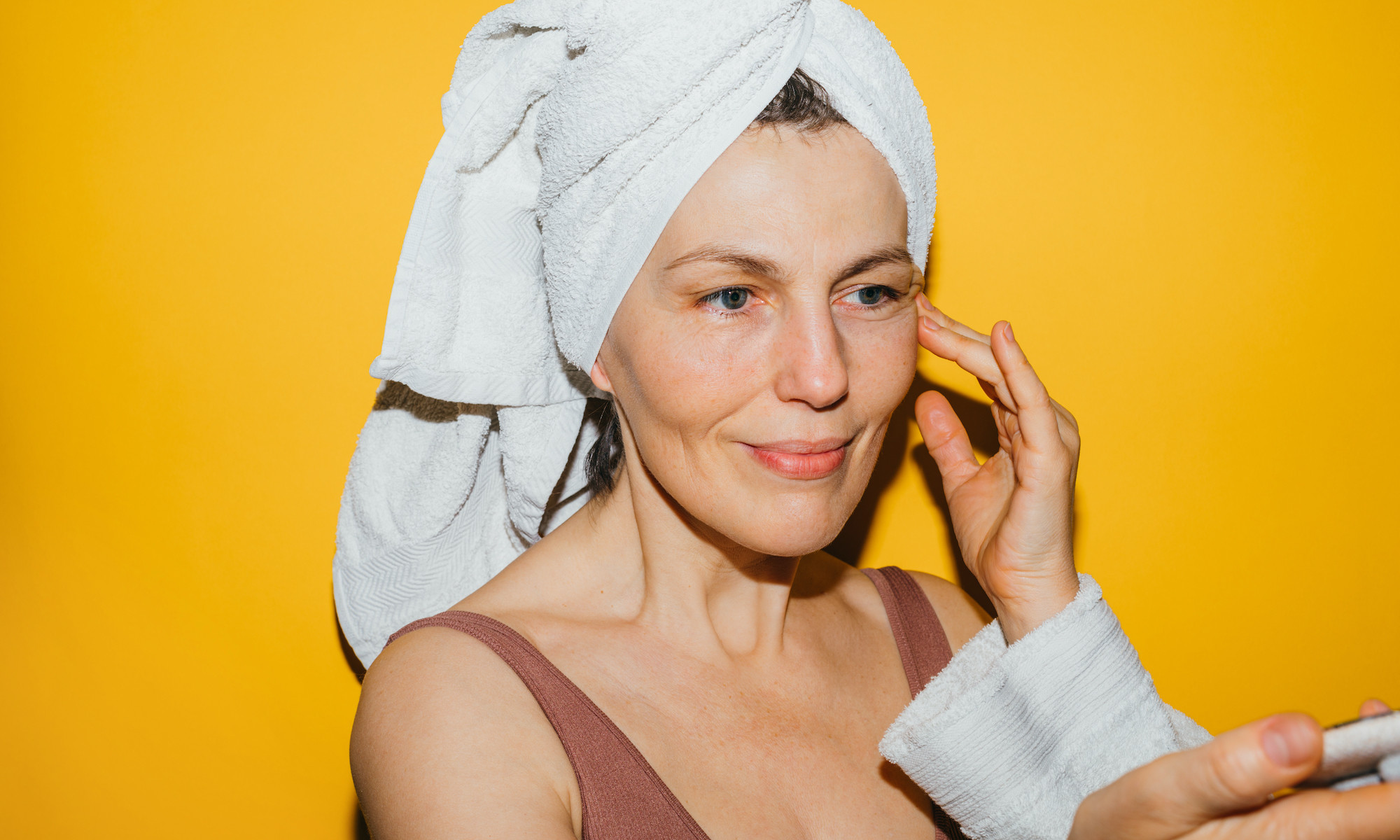This Common Type Of "Acne" Isn't Actually Acne At All
Small, itchy red bumps? Read this.


mbg Assistant Beauty Editor
mbg Assistant Beauty Editor
Hannah Frye is the Assistant Beauty Editor at mindbodygreen. She has a B.S. in journalism and a minor in women’s, gender, and queer studies from California Polytechnic State University, San Luis Obispo. Hannah has written across lifestyle sections including health, wellness, sustainability, personal development, and more.
Image by Lucas Ottone / Stocksy October 23, 2022 Our editors have independently chosen the products listed on this page. If you purchase something mentioned in this article, we may Breakouts come in many shapes and sizes, and they’re not always going to be treated the same. The method of action for easing cystic breakouts is different from clearing blackheads or body acne. Hormonal acne? That’s another story entirely. Fungal acne is actually a whole other category—and isn’t even acne at all, to begin with. It was given the moniker of "fungal acne" because of the appearance (it looks very similar to acneic breakouts), but as dermatologists will tell you, they're very different things.
Advertisement
This ad is displayed using third party content and we do not control its accessibility features.
Here’s what derms want you to know about these breakouts and how to treat them.What is "fungal acne"?
“‘Fungal acne’ is actually not acne at all but rather a type of folliculitis (inflammation of the hair follicle) that results when yeast becomes trapped inside of hair follicles, leading to acneiform pustules and nodules,” board-certified dermatologist Rebecca Marcus, M.D., FAAD tells mbg.
Here’s how to spot the difference: “Pityrosporum folliculitis manifest as small red bumps centered around hair follicles,” Marcus explains. “Unlike typical acne, fungal folliculitis can itch.”
The area can also help you decipher if it's acne or folliculitis: “The breakouts are most commonly seen on the chest, back, posterior arms and face,” board-certified dermatologist Lian Mack, M.D., FAAD notes.
If you can’t tell (it isn’t always easy), visit your dermatologist. “In the setting of an office visit, a board-certified dermatology can also perform a scraping of the skin and look under the microscope which reveals the organism,” Mack says.
Fungal acne vs. acne: A quick overview
Want help identifying which type is yours? Here's a very quick overview:
Advertisement
This ad is displayed using third party content and we do not control its accessibility features.
Fungal acne will have the following qualities:
Acne will have the following qualities:
Advertisement
This ad is displayed using third party content and we do not control its accessibility features.
Causes of fungal acne:
So how does one get fungal acne?, you might be wondering to yourself. Well, it's actually triggered by very common things.
“We all have the organism (Malassezia furfur) on our skin. However, there are certain conditions in which the organism thrives.,” Mack explains. “If you live in a warmer area and tend to be sweaty and have damp skin, you are more likely to experience acne caused by an overgrowth of yeast.” she continues.
Advertisement
This ad is displayed using third party content and we do not control its accessibility features.
Marcus notes that tight clothing can lead to a fungal acne breakout as well. Especially if the clothing is damp, be it from rain, sweat, or something else, the chance of encouraging fungal growth increases.
Another culprit: Skipping a shower. This can cause other forms of folliculitis and acne as well—so it’s best to prioritize your daily rinse for more reasons than one. If you find yourself struggling with fungal acne, showering after each workout will help reduce the risk of it getting worse.
Advertisement
This ad is displayed using third party content and we do not control its accessibility features.
Remember, fungal acne is actually folliculitis—so it makes sense that friction can make it flare. Especially if you’re already struggling with a breakout, it’s best to wear loose-fitting clothes and try not to rub the affected area on any harsh surfaces.
If you just finished antibiotics and see unusual acne-like bumps, it could be fungal acne. “Flares of this condition may be associated with a weakened immune system or the prolonged use of antibiotics,” Mack notes.
Solutions for fungal acne:
Don't worry, tending to your breakouts totally doable.
Some people will use dandruff shampoo on an area affected by fungal acne—this is because these products generally contain zinc pyrithrone and sodium sulfacetamide, two heroes for this kind of breakout—like this First Aid Beauty Anti-Dandruff Shampoo.
“In addition, using products to control oil or sebum production may also help,” she notes. Marcus’s go-to:The Kate Somerville EradiKate Daily Foaming Cleanser. This gentle cleanser, “helps fights fungus and also bacteria that cause breakouts,” Marcus says.
“Oral treatments with anti-fungal medications are most effective,” Marcus says. Especially if the flare is uncomfortable or painful, this mode of treatment may work quicker than some topical products. You'll need to visit a dermatologist.
If fungal acne is a recurring problem, you can manage it with natural solutions. (However, for tried-and-true treatments you should really get oral medications, or topical that contain zinc pyrithrone and sodium sulfacetamide.) Raw or manuka honey is a common home remedy, as it has antifungal properties. It's also hydrating, anti-inflammatory, and aids in wound healing. A honey mask can be used weekly as maintenance.
4.
Balancing your microbiome
Fungi, yeast, bacteria, and viruses are all a natural and needed part of your skin microbiome. Problems arise when the balance becomes out of whack, and certain strains overpower the rest. For example, acne is triggered by an imbalance of specific strains of C. Acnes. And fungal acne is an imbalance of Malassezia furfur.
One way that you can keep your complexion clear is to prioritize keeping your microbiome balanced with barrier-supporting skin care routine. While this isn't a treatment, it can help keep your skin healthy long-term.
What products to avoid.
As with many forms of breakouts and folliculitis, finding products that work for you, in part, calls for weeding out those that won’t. Overly harsh or irritating products should be avoided if you’re actively struggling with a fungal acne breakout.
“Avoid granular scrubs, which may further irritate and inflame follicles, worsening folliculitis,” Marcus explains. If you use chemical exfoliants or retinol, it’s best to minimize your use if you find them irritating during a breakout.
Further, avoid products with fatty acids or oils. “The yeast that causes fungal acne survives on oils and fatty acids, causing the fungal acne to grow and spread,” Mack says. “Some examples include lauric acid, palmitic acid, stearic acid, oleic acid and Linoleic acid.”
The takeaway.
While fungal acne may look like a normal breakout, it’s actually not pimples at all. Fungal acne is a type of folliculitis caused by trapped yeast in the hair follicles. This can be triggered by warm, humid air, wearing tight wet clothing, skipping a shower, or a weakened immune system. You can use topical products to ease these breakouts, but it’s best to visit your dermatologist to find the underlying cause and find the best treatment for your skin. If it’s not fungal acne, it may be one of the many other forms of acne—7 popular types of breakouts here.
Want to turn your passion for wellbeing into a fulfilling career? Become a Certified Health Coach! Learn more here.

 BigThink
BigThink 













![Trading Journal: 5 Most Efficient Ones Analyzed [2021]](https://www.dumblittleman.com/wp-content/uploads/2021/10/Best-Investment-Newsletter-8.png)



















